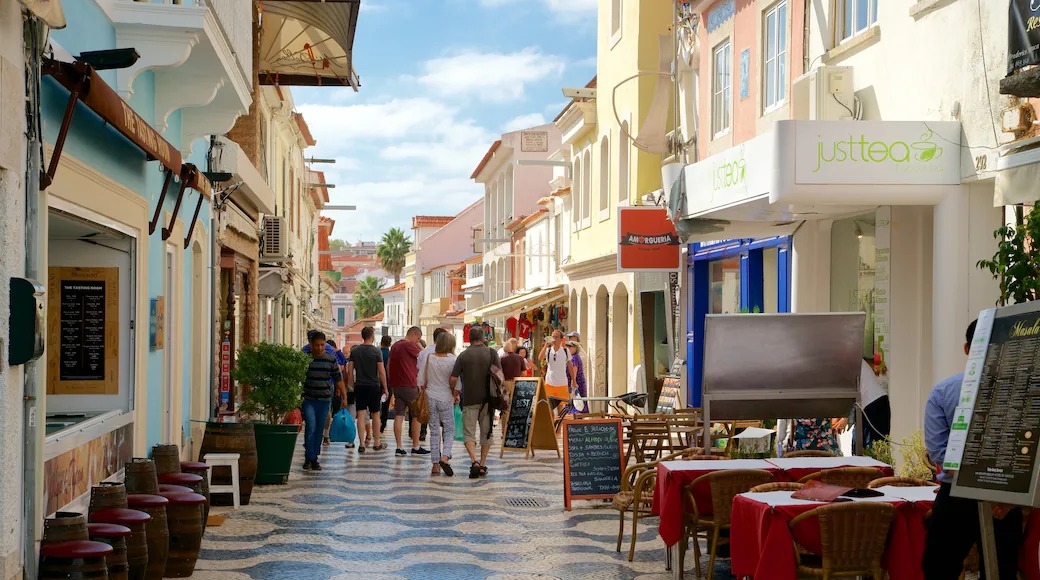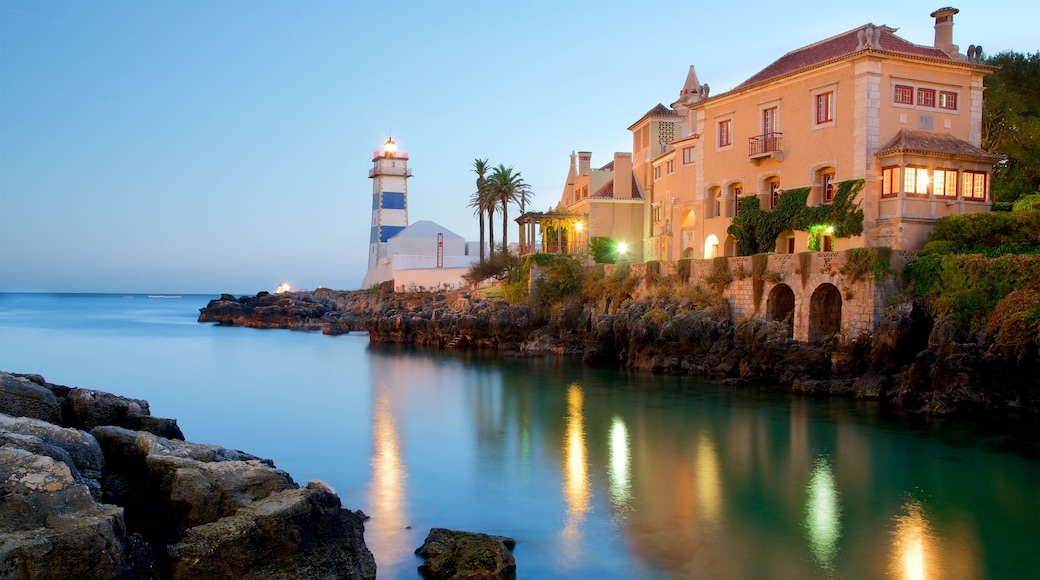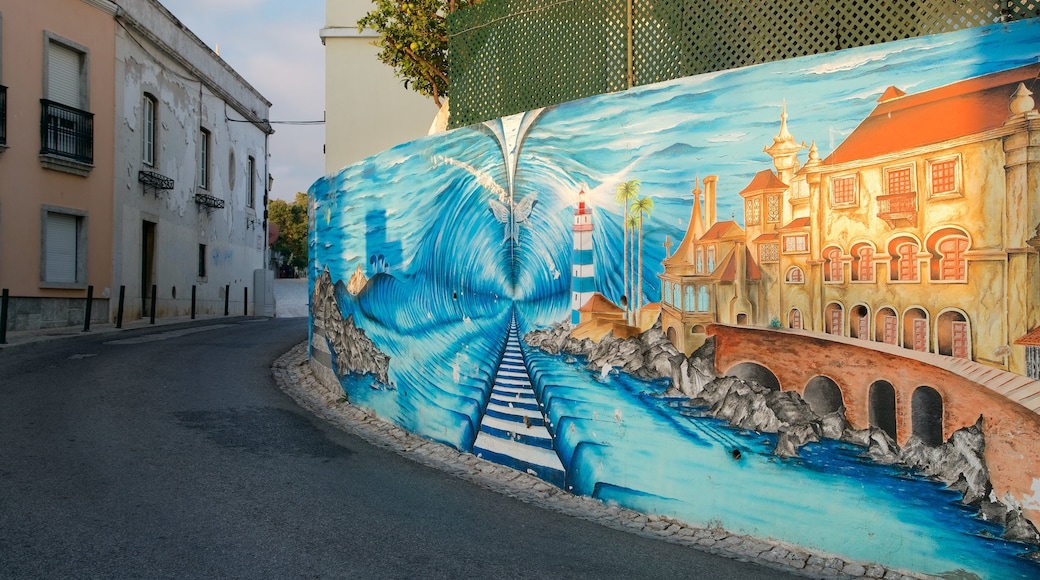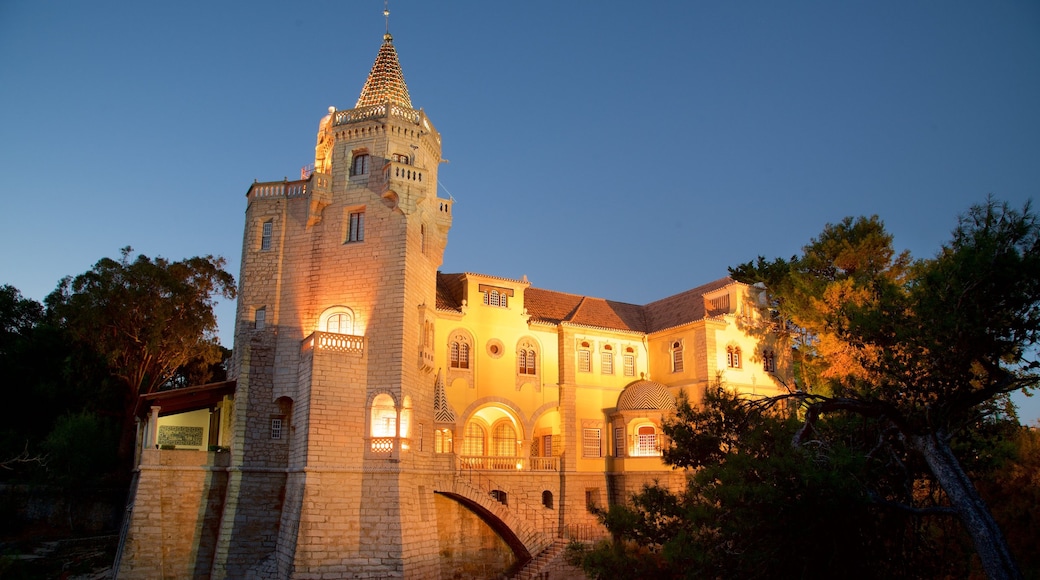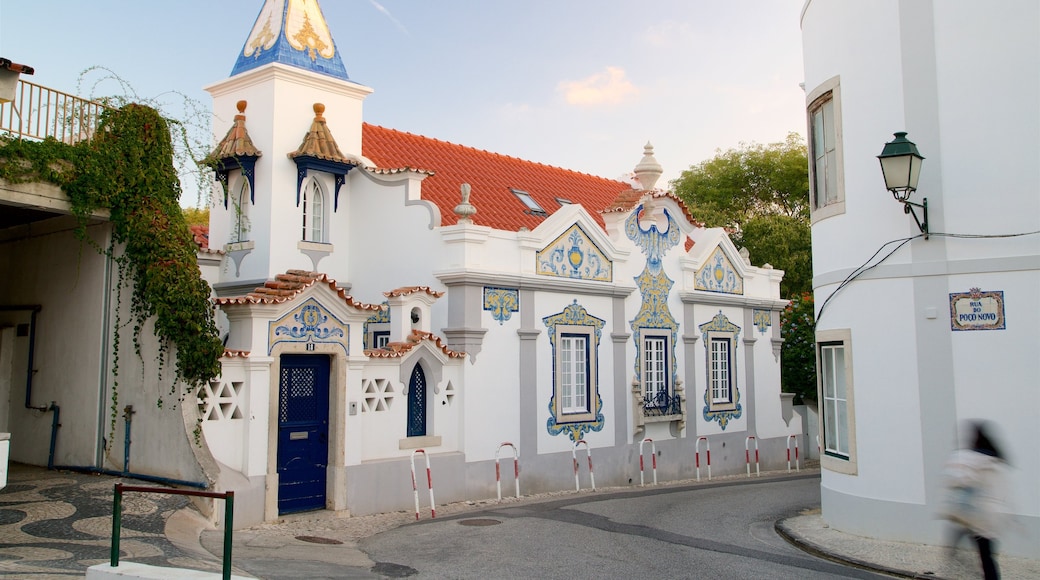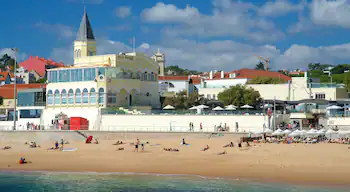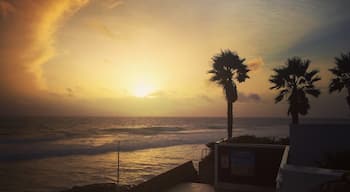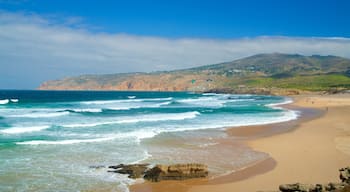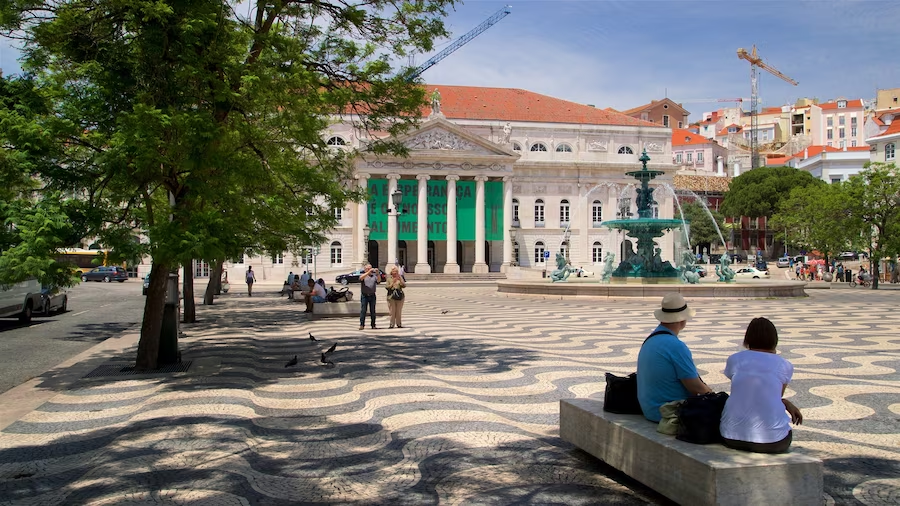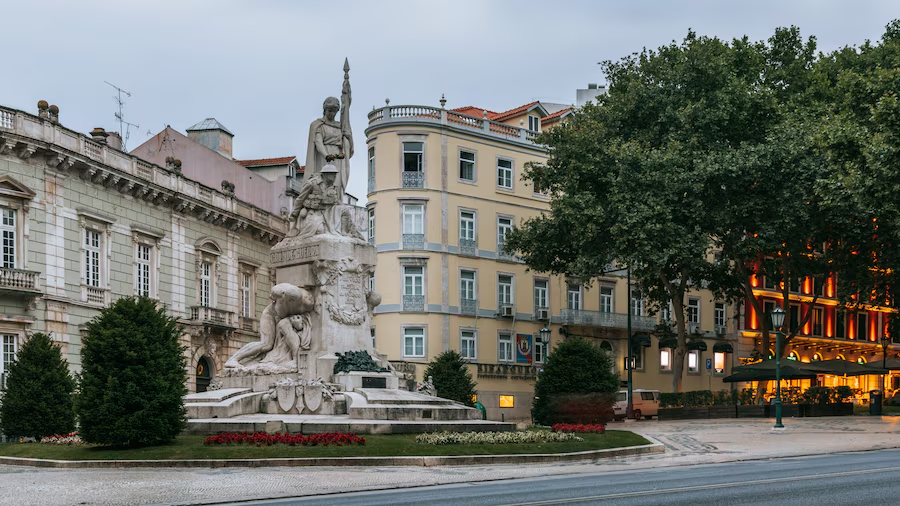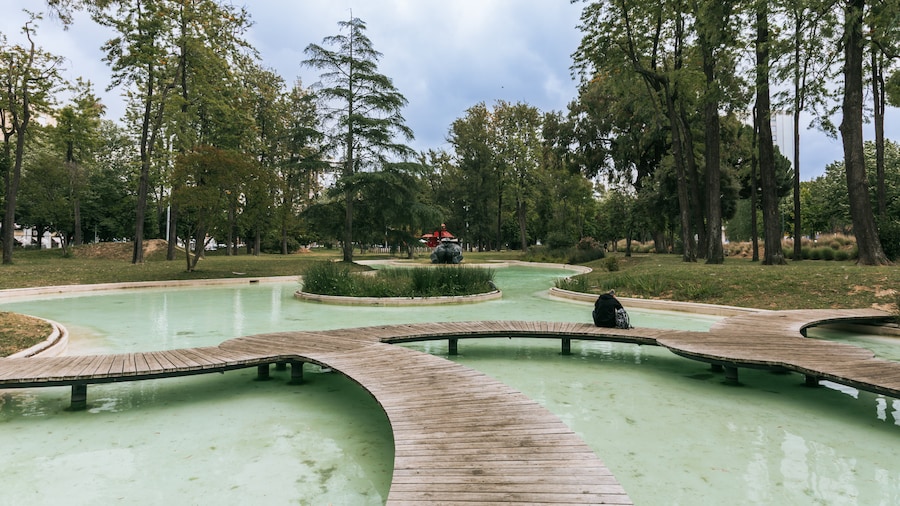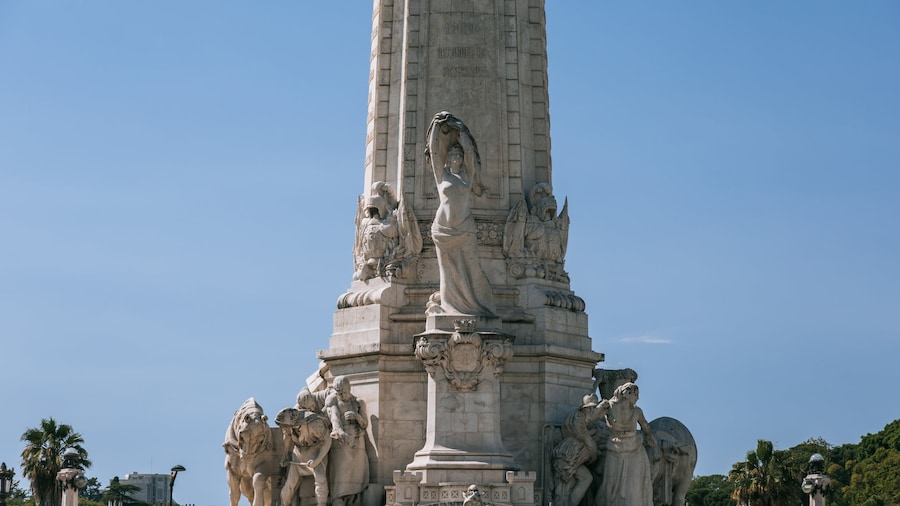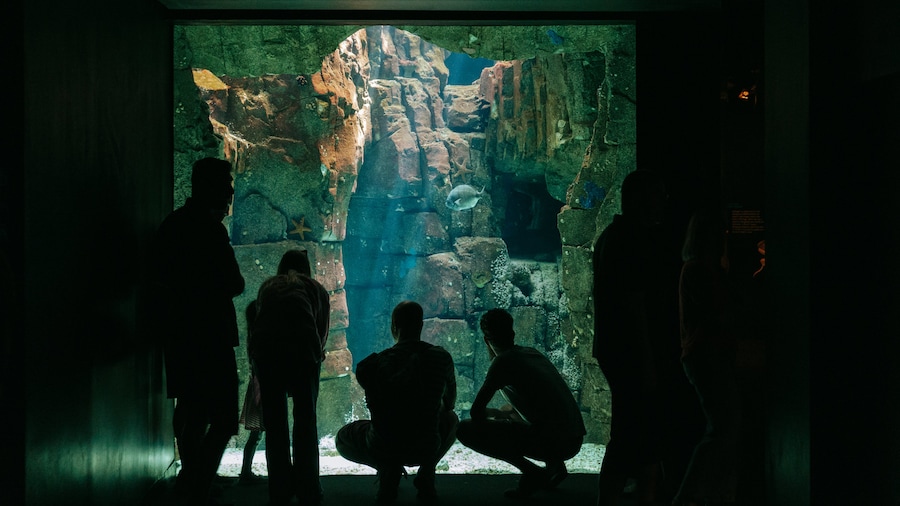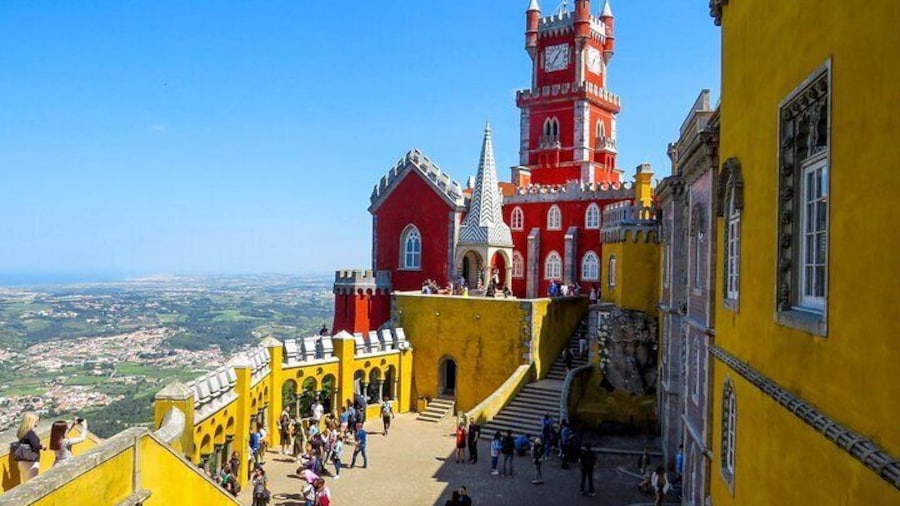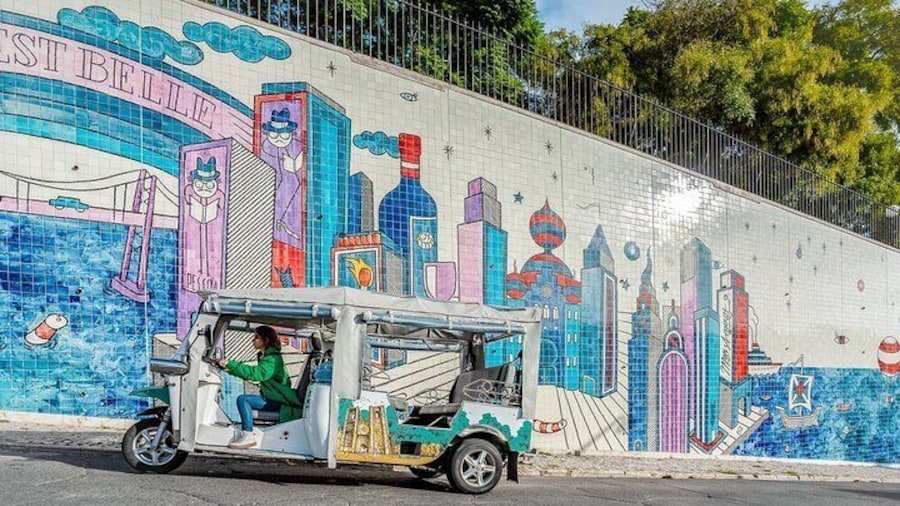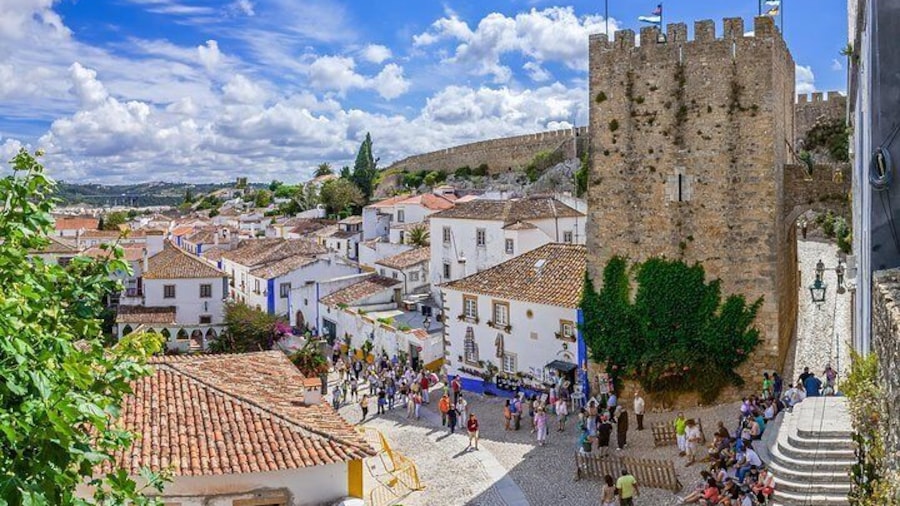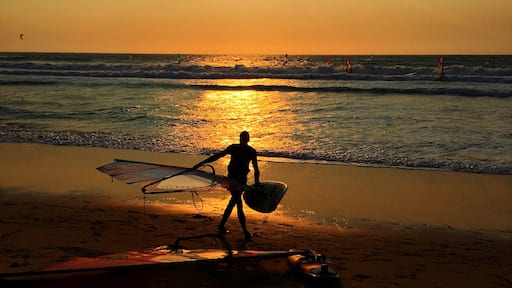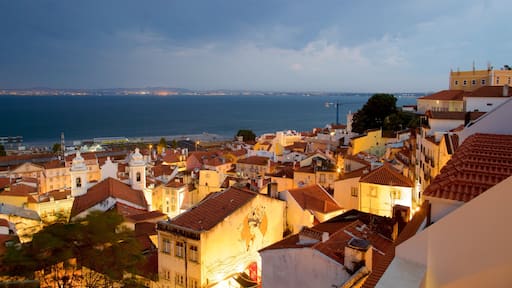History
Back in the Middle Ages, Cascais was a fishing village, but in 1755, the great Lisbon earthquake destroyed most of it. Luckily the Portuguese Royal Family came to spend their summers in Cascais and so Cascais gained the resources needed to redevelop. It was the first city in the country to be installed with electricity. In the 20th Century the nearby town, Estoril, became a luxury holiday destination with a casino and opulent hotels. It also served as a high-class retreat during the Second World War. Many royal families came to live in Cascais such as those from Spain and Italy. Today, although it is a large city, it still has the feel of a small charming village.
Paula Rego Museum
Paula Rego is one of Portugal's most acclaimed artists, known internationally for her paintings based on storybooks and images of young girls with a colourful Portuguese theme. She was born in Lisbon but raised in Cascais, and at the Paula Rego Museum you can admire many of her works.
Boca do Inferno
Boca do Inferno is a cave carved out of the rock by ocean waves. The name literally translates to the ‘mouth to hell’, as it produces a spectacularly hellish sound effect when the waves crash into the rocks.
Lighthouse/Museu de Santa Marta
The 19th century lighthouse that houses the Museu de Santa Marta is a classic example of a traditional Portuguese lighthouse. The history of lighthouses in maritime Portugal is conveyed through a movie shown at the museum, depicting the oversized Fresnel lenses, and the lighthouse keeper diaries against the beautiful backdrop of sweeping sea views.
Fort of Our Lady
This fort was built to protect the coast of LisbonOpens in a new window and is dedicated to Our Lady of Light. This fortress has a lovely patio, originally built to allow communication between the three bastions.
World Press Cartoon Museum
Cascais has the most prestigious international exhibition of graphic humour, showcased in the World Press Cartoon Museum. This Museum displays an unbeatable selection of humorous sketching, caricature and cartoon themed editorials.
Parque Marechal Carmona
The Parque Marechal Carmona is a grand park with spacious lawns lined with trees, lakes, a picnic area and a playground. It is home to the Municipal Library of Children. Every Saturday the park holds the Biological Market of Cascais, where you can find beautiful fresh organic produce. It’s also home to the Condes de Castro Guimarães Museum built in the 20th century, the museum holds a collection of Indo-Portuguese furniture, paintings, a chapel, and a beautiful library.
Guincho Beach
This is large sandy beach, located north of Cascais, is loved by the surfers and windsurfers who come here looking for awesome waves. It’s such an impressive surf location that the World Surfing Championships were once held here.
Food and Drink
In the Luis de Camões Square you’ll find and incredible selection of delectable dining options, ranging from seafood, traditional Portuguese and Italian cuisine, and trendy bars and pubs. Don’t forget to try the delicious butter cakes from Cascais (areias).
Shopping
Cascais is also a great location for a spot of shopping. Frederico Arouca Street has a selection of quaint stalls selling accessories and souvenirs. Casa da Guia is a beautiful 18th century mansion, repurposed to house shops and cafés, surrounded by stunning sea views.
